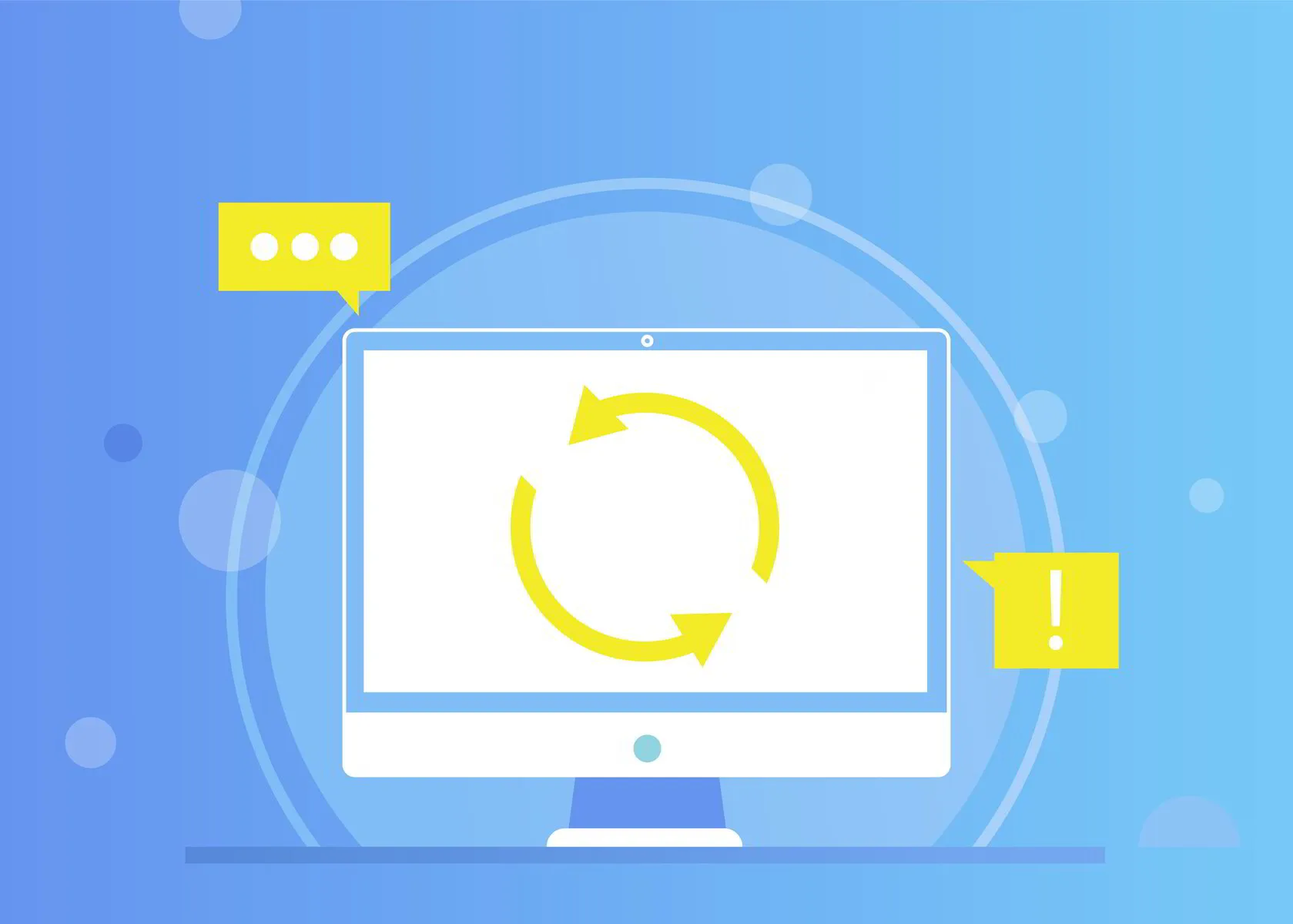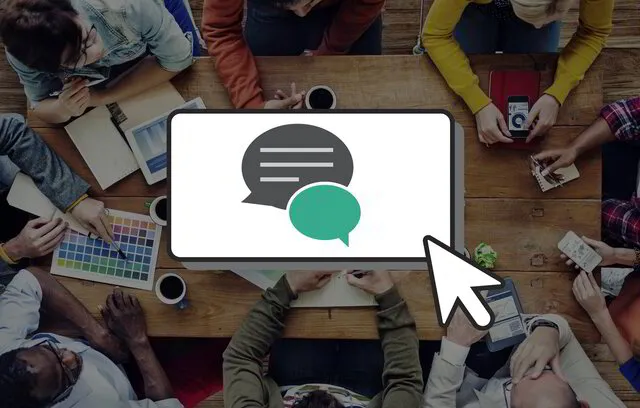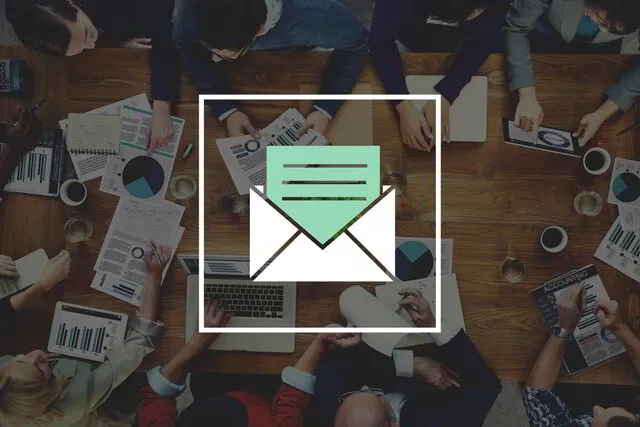You’ve experienced remarketing or retargeting campaigns if you’ve ever visited a website or engaged with a brand online and then started seeing their ads everywhere.
Why do brands love retargeting and remarketing ads so much? One word, Omnichannel.
Omnichannel marketing is about being everywhere your customers are, everyday. The goal is to make your brand the most trusted brand in the eyes of your prospects.
And the key to omnichannel marketing is to create retargeting and remarketing campaigns that move prospects through your sales funnel.
Are you familiar with the saying “so close and yet so far”? I'm sure you've heard of it before. What does it make you think of? Perhaps it reminds you of that one prospect who engaged with your brand, visited your website, added a product to their cart, and then... suddenly stopped?
You might be left wondering why. After all, they almost crossed the finish line. Well, on average less than 2% of website visitors actually make a purchase the first time they visit a site. While it's a heartbreakingly low number, it's nothing to despair over.
Not as long as you rely on a piece of magic called “cookies”.
How Cookies Work
Cookies are small pieces of data stored on your browser. All modern day websites use cookies to collect anonymous data about website visitors. Your browser likely has 100’s or 1000’s of cookies stored.
- Cookies allow you to login into a website.
-
Cookies allow you to save preferences on websites.
-
Cookies allow you to pre-fill your form data on websites.
-
Cookies allow websites to personalize content to you.
-
Cookies allow websites to collect data and analytics.
- Cookies allow websites to advertise to you.
Keep in mind, cookie data is mostly anonymous. However, when you login to a website or fill in a form it is possible for the site to associate your cookie with your profile data.
Remarketing vs Retargeting
There's usually some confusion regarding remarketing vs retargeting. While they are essentially aiming for the same goals, there are several differences between them.
What Is Retargeting?
Retargeting involves some type of ad placement. In a nutshell, you're highlighting your brand and products to users who've interacted with your brand but didn’t convert to a lead. This could include website visitors, engaged users on social media or even video viewers.
What Is Remarketing?
Remarketing, on the other hand, goes a little bit deeper and targets customers, followers, email subscribers or people who took certain actions on your website. It could be that they've abandoned their shopping cart, viewed a certain page, or purchased a subscription plan that is about to expire.
Building a Retargeting Audience
Retargeting campaigns are done through ads. The goal of retargeting is to convert people who engaged with your brand into leads (or customers). The goal of remarketing is to turn leads into customers, and repeat customers.
There are several sources you can identify people who engage with your brand to build your retargeting audience.
Website Visitors Retargeting
It's pretty clear by now, not everyone who visits your website will actually end up making a purchase. In fact, as previously stated, the data indicates most don’t, and if you think of it, it's quite normal. It takes time to build trust and connection.
Retargeting website visitors involves showing personalized content and offers based on their previous interactions. You can choose to use certain pages or specific products they’ve visited on your site, or all pages and all products.
Reconnecting with website users that have not yet converted can be done by displaying banner ads through ad networks, promoting following your brand on social media or your most popular content.
The destination of the ad should convert visitors into a lead by collecting their email address or at minimum following your brand on social media.
Video Views Retargeting
Videos might very well be the kings of content marketing, as they manage to engage even the laziest buyer personas out there. This being said, Facebook Video Retargeting and YouTube Video Retargeting allow you to actively retarget ads to audiences that have engaged with your videos before.
Facebook also includes Instagram retargeting, so if your main audience is there, you can use Facebook or Instagram videos to build your retargeting audience on either platform. In the case of YouTube, you have to make sure your account is interlinked with Google Ads.
Engaged Users Retargeting
Up until now, you've posted on social media channels like Facebook and Instagram, uploaded videos on YouTube, and shared the best content.
There are people who've interacted with your content, but still, they're not following you. Both Facebook (including Instagram) and YouTube allow you to target ad campaigns toward users who've visited your page before or who have previously liked, shared, or commented on your posts.
You can use retargeting to promote ads to Like, Follow or Subscribe to your brand on social media. Retargeting can be used to get people out of their social media comfort zone and out onto newer territory, like your website or sales funnel.
Link Clicks Retargeting
Marketing without links is just like a city without roads. You can't get anywhere. They're online highways that lead you from point A to point B.
Imagine doing your usual commute from work back home. How many billboards, announcements, or window ads can you spot? Lots, I would imagine. They're targeted at passersby.
But did you know that you can do the same? A good URL shortening software allows you to integrate a retargeting pixel into the links you share. Once you do that, anyone who clicks on a link you share can become part of your retargeting audience.
Building a Remarketing Audience
Remarketing can be done through ads or email campaigns since you’re targeting leads and customers.
Customer Data Remarketing
Let's say that you have a list of leads that have interacted with your brand before but have never actually converted into customers. You know for sure that something has sparked their interest before. After all, they've given you their contact information, so the potential for engagement is high.
You can upload a CSV file from your CRM into ad networks like Facebook or Google and create custom audiences. Your audience list can contain 'identifiers', such as names, email addresses, phone numbers, or even more.
Once you’ve uploaded the data, the ad networks will match the data to people who already exist in their database. This will allow you to remarket content to your email list through Google Search & Display, Gmail, YouTube, Facebook and much more.
Remarketing ads can be built right into your email automation campaigns too. Tools like ActiveCampaign allow you to optimize your email automation sequence by dynamically correlating your ads to the campaigns your prospect is seeing in their inbox.
Taking it a step further, let's say you've launched your email marketing campaign, but you're not getting the opening rates you’d hoped for. It could be that email is not their preferred method of interaction with brands. You could set it up so that, at a certain point in the campaign, a non-responsive prospect will be retargeted on social media instead.
Follower Remarketing
Now, you might imagine that followers and subscribers don't need remarketing. I mean, they've felt a strong enough connection to hit that button. Why doesn't it go any further? Well, not all right swipes lead to fully-fledged romances, do they? And if they do, it’s because they were nurtured.
Social media followers are almost like an email optin these days… They’re following your brand, they’re seeing your content, but most of them haven’t entered your sales funnel yet.
So, how do you retarget your followers in a way that sets them into motion once again? The secret lies in putting your brand in front of them more often. This is also referred to as pay-to-play by the giant social media networks like Facebook. Your content is only seen organically by a small percentage of your followers but if you pay a little to “boost” your post to your followers, you’ll gain a ton of exposure.
Email Remarketing
Remarketing isn’t only about ads. You can also remarket to your leads and customers through email. Once you’ve “cookied” a visitor who has opted into your list or made a purchase on your website you can track their future behaviour on your website and trigger emails based on their actions.
For example, you can send follow up emails that are triggered when a prospect visits a certain page on your website, adds a product to their shopping cart but doesn’t complete the purchase and much more.
Types of retargeting and remarketing campaigns
No matter how many campaigns you choose to launch, always keep in mind that you should also be tailoring them based on the three stages of the customer's journey: awareness, consideration, and conversion.
Branding Campaigns (Awareness)
When was the last time you've barely met someone, introduced yourself, then told them to purchase your product? Hopefully never.
If you’re at the point where people are just beginning to get an idea about who you are as a brand, then your main focus should be to raise awareness. You can do this by using ads that focus on your brand identity.
These retargeting ads should be highly visual and highlight your brand’s visual identity such as your logo along with brand colours and your headshot if you’re a personal brand. In order to build trust, people need to feel like they know you or at least know of you.
You can also use branding campaigns to promote following you on the social network you’re advertising on. For example, you could run native ads to follow your brand on Facebook or Instagram, etc.
Branding campaigns are generally used for retargeting website visitors, video viewers, and people who engage with your brand on social.
Content Campaigns (Consideration)
You've now run your branding campaign for about 30 days and your audience has started to become familiar with your brand. What's next?
The time has come to leverage social media networks in order to promote highly engaging content. Valuable pieces of visual or written content will slowly turn awareness into loyalty. People will not just know who you are, they will know what you're all about. This is key to your omnichannel marketing strategy.
These retargeting ads should be heavily focused on collecting email subscribers through lead magnets, content upgrades and popups.
Content campaigns are best suited for retargeting to returning website visitors, visitors to sales and product pages, and followers on social media.
Conversion Campaigns
At this point, the majority of your audience has turned into leads. They've entered the email marketing funnel and their information is safely stored either in your CRM or your email automation tool. It's been a long journey, but you're nearing the destination!
Conversion campaigns are meant to get your leads through all the steps in the funnel and ultimately guide them to the point where they convert into customers.
These remarketing ads should drive traffic directly to your sales and product pages, views to your testimonials videos, and time sensitive offers.
Of course, this is not as easy as it sounds, so allow me to stress the importance of using email automations to move people through your funnel. It will allow you to reduce your ad costs and speed up your conversion window.
Conversion campaigns are best suited for remarketing to email subscribers and past customers.
Set Your Campaigns On Autopilot
Creating retargeting and remarketing campaigns on Google, Facebook and other Ad Networks is what makes your brand omnichannel. No matter what type of campaign you are running, or which point of the customer's lifecycle you are targeting, retargeting and remarketing is sure to benefit your business in more ways than one.
-
Branding Campaigns will increase awareness and get you more website traffic and followers on social media.
-
Content Campaigns will get you more views, engagements, as well as more leads and fresh email subscribers.
- Conversion Campaigns will guide your leads through every step of the funnel and ultimately convert them into valuable customers.
The key is to move people through each stage of your funnel. Once you’ve set up these 3 campaigns your retargeting and remarketing ads will be set on autopilot. This allows you more time to focus on creating great content to attract more people to your brand - adding them to the top of your funnel.
Conclusion
In a way, both remarketing and retargeting are about rekindling the initial spark and reminding people of the interaction they've had with your brand in the past.
These days, merely sharing content on your social pages won't do much good in terms of getting a return on investment from social media. People require trust and the feeling of connection to make a confident purchasing decision. There’s no doubt that digital advertising builds trust with consumers.
The key to a great retargeting or remarketing campaign is to cater the right message, to the right audience, at the right time.
-
The goal of retargeting is to convert passerby's into leads.
-
The goal of remarketing is to turn leads into customers and customers into repeat customers.
-
Start collecting data by adding tracking pixels to your website, publishing content regularly on your brands social media accounts and setting up your branded URL shortener.
- The customer's journey has three stages: awareness, consideration, and conversion. For best results, you should structure your retargeting and remarketing campaigns by these objectives.
The first step is to start collecting data to build your audiences. Data is just one of the superpowers you need to get ahead of the game. The other two are creating ads that stand out and writing offers that convert.
If you're lacking any of those three, start working on filling the gaps as soon as possible, and don’t hesitate to reach out if you need some help!












